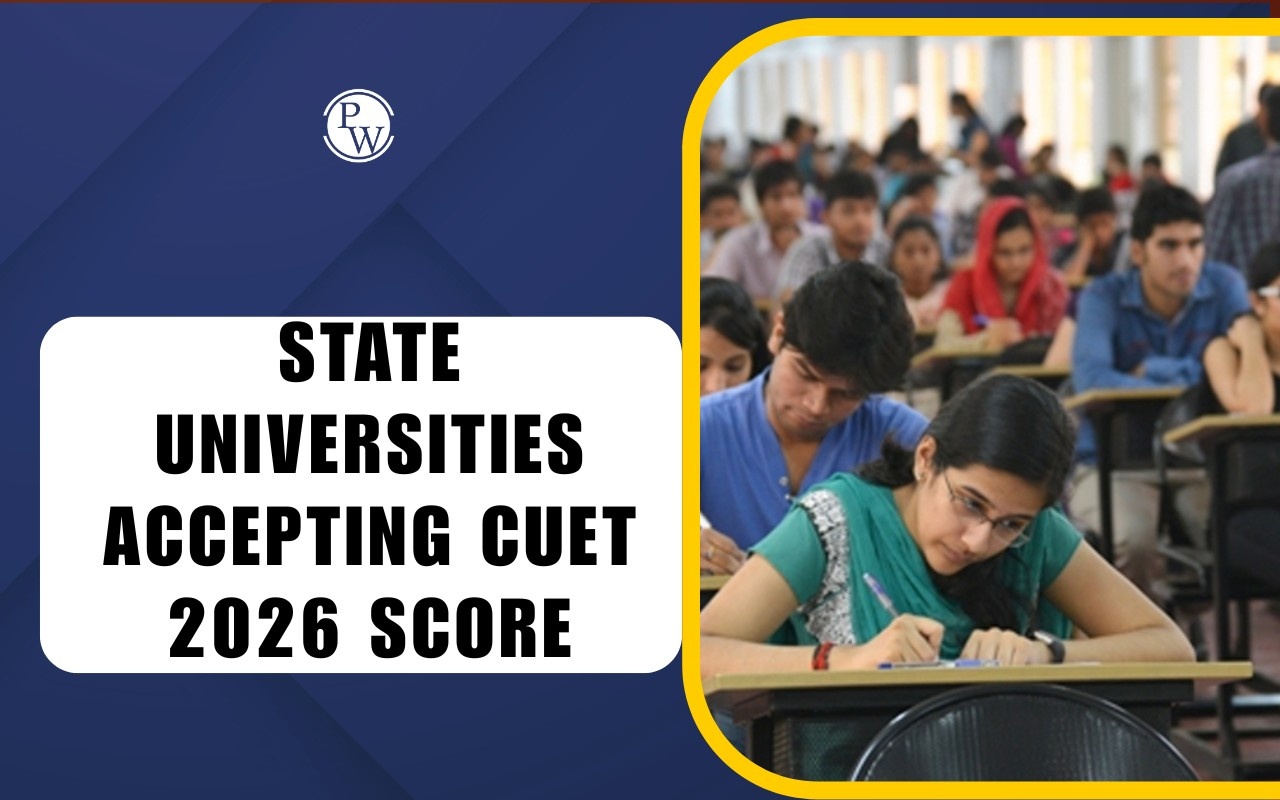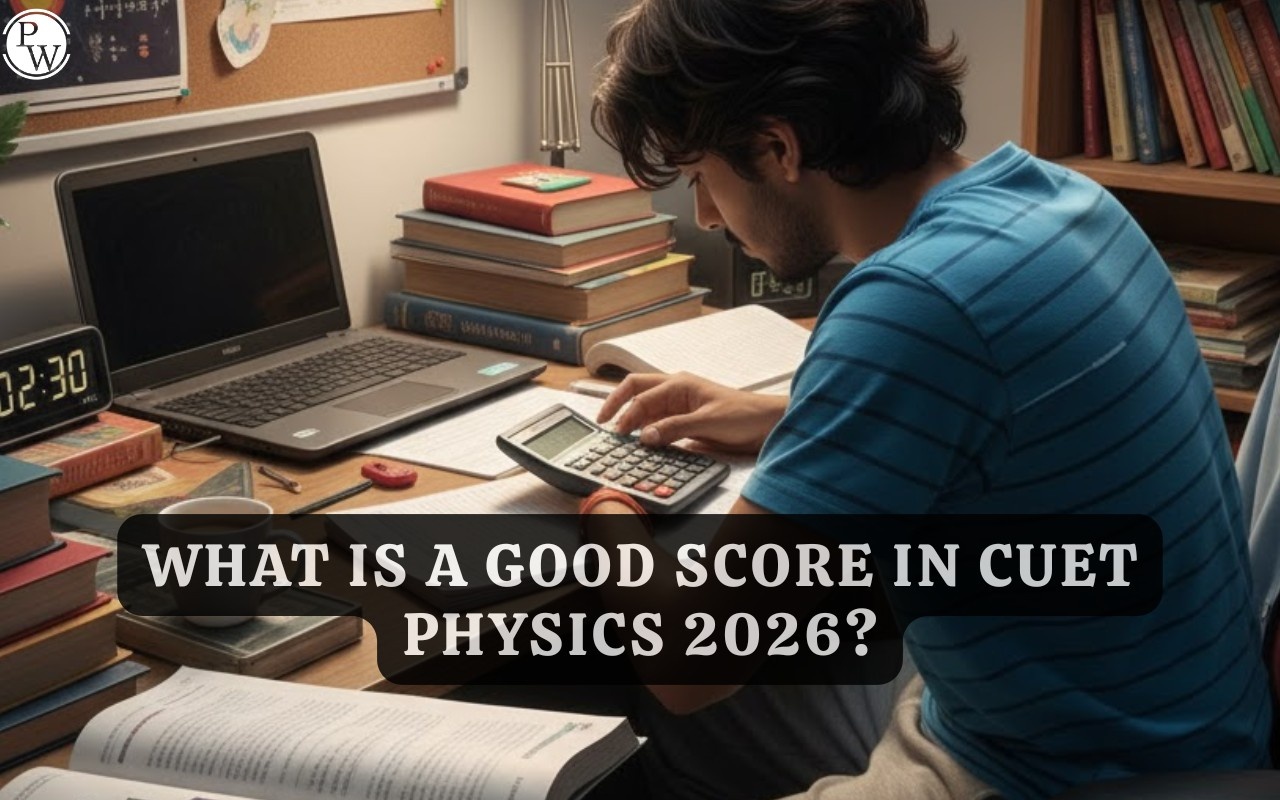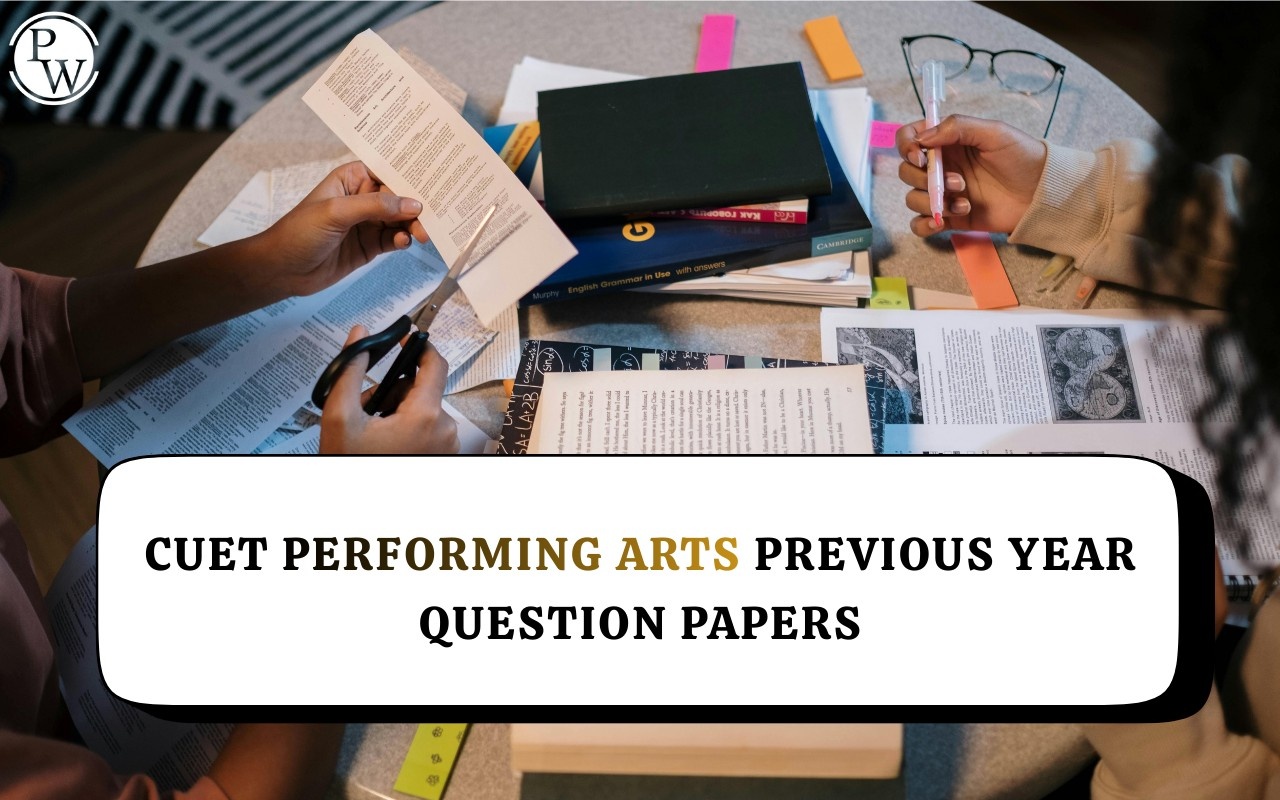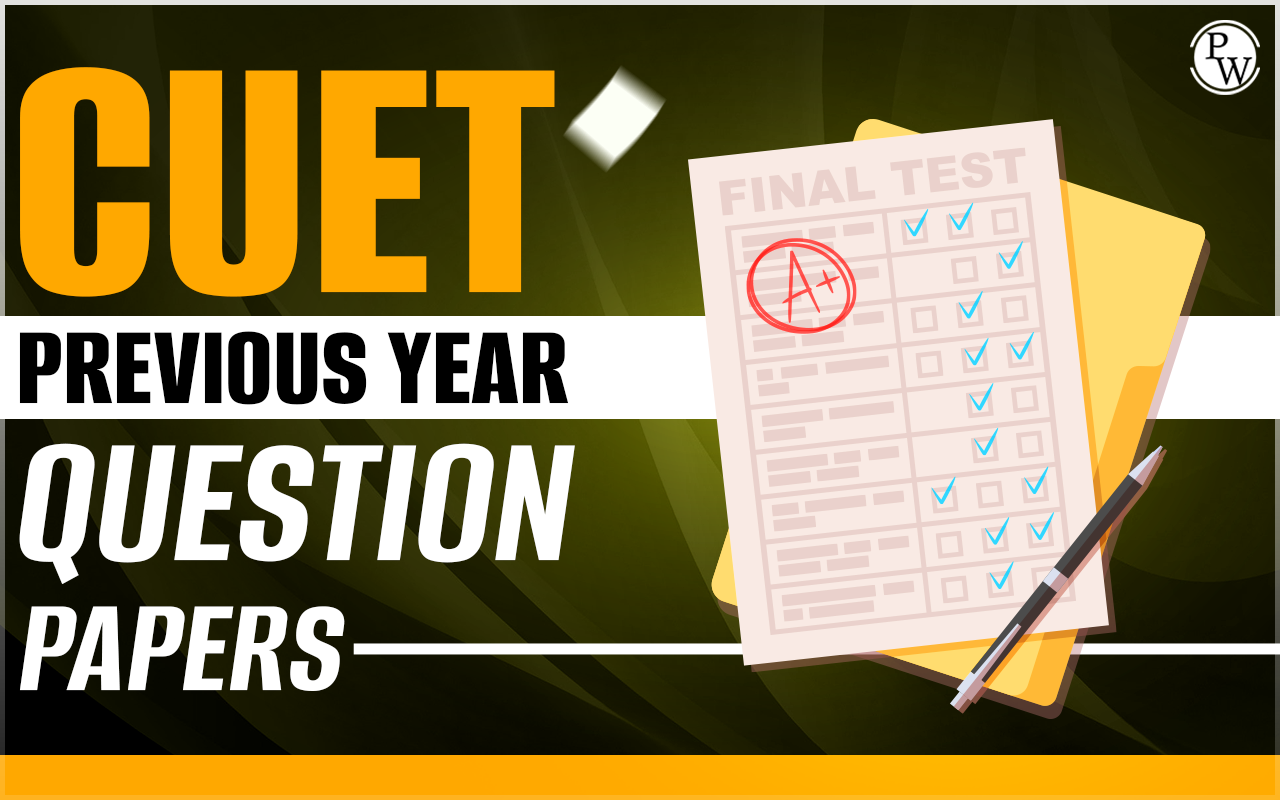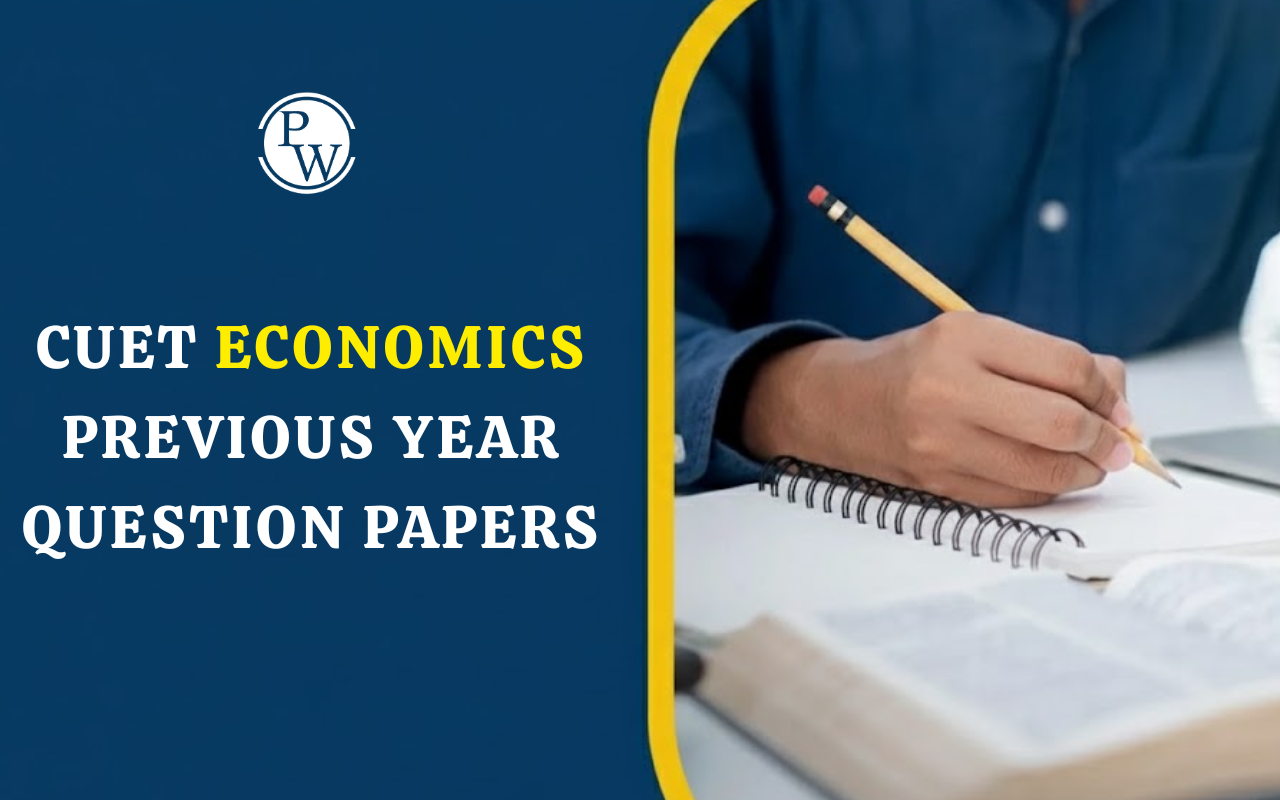

Mental Ability Syllabus for CUET UG 2025: The Mental Ability section of the CUET UG 2025 exam is designed to assess a student's logical reasoning, pattern recognition, and analytical thinking. This section tests the ability to solve complex problems using logical steps, helping develop skills that are essential for academic and professional success The CUET UG exam’s Mental Ability section evaluates how well students can apply their mental capacity to interpret data, analyze situations, and solve various kinds of reasoning problems.
The Mental Ability Syllabus is not just about raw intelligence; it focuses on how effectively students can use their cognitive abilities to solve practical problems. As part of the CUET UG exam, this section includes several key topics, each designed to test specific mental processing skills.
Topics in Mental Ability for CUET UG 2025
The Mental Ability syllabus for CUET UG 2025 includes the following key topics:
-
Analogies
-
Analogy is the relationship between pairs of words or numbers, where you need to identify the similar relationship in another set of words or numbers. Students will need to find patterns and relationships between concepts, letters, or numbers, and then apply that understanding to new questions.
-
Example: If “Cat” is to “Kitten”, then “Dog” is to _______?
-
Blood Relations
-
This topic tests how well you can understand and analyze familial relationships. Students may need to determine the relationship between different family members based on a set of information or statements.
-
Example: If A is the brother of B, and B is the mother of C, what is A's relationship to C?
-
Classification
-
In this section, students must group items or concepts based on common characteristics. This helps assess logical thinking and the ability to categorize information.
-
Example: Which of the following does not belong to the group: 3, 6, 9, 15?
-
Coding and Decoding
-
Coding and Decoding tests your ability to identify a pattern in a sequence of letters, symbols, or numbers and then apply the same cuet exam pattern to decode or code other sequences.
-
Example: If "APPLE" is coded as "BQQMF", how would "ORANGE" be coded?
-
Direction Test
-
This topic evaluates spatial reasoning, where students determine the directions (north, south, east, west) of objects or people based on given information.
-
Example: If a person walks 10 meters east and then turns left, which direction will they face?
-
Judgment and Reasoning
-
Students are presented with a set of statements or arguments, and they must determine whether they are logically sound or if a valid conclusion can be drawn.
-
Example: If all A are B, and all B are C, can we say that all A are C?
-
Letter and Symbol Series
-
This topic focuses on identifying patterns in a series of letters or symbols and predicting the next item in the series.
-
Example: What comes next in the series: A, D, G, J, _____?
-
Logical and Analytical Reasoning
-
These problems test logical thinking and problem-solving skills, including recognizing patterns, making inferences, and drawing conclusions from given information.
-
Example: If the first two statements are true, is the third one true or false?
-
Mirror and Water Images
-
In these questions, students need to determine what an image would look like in a mirror or when placed in water. The concept involves visualizing how images reflect or change in such scenarios.
-
Example: If a letter "P" is reflected in a mirror, what will it look like?
-
Non-Verbal Series
-
This section tests students' ability to recognize and complete sequences of pictures or shapes. It involves spatial reasoning, pattern recognition, and abstract thinking.
-
Example: What will be the next image in a series of geometric shapes?
-
Statement and Argument
-
Students need to assess whether the arguments provided support or contradict a given statement. This tests critical thinking and the ability to analyze the strength of arguments.
-
Example: Statement: "All cars are vehicles." Argument: "All vehicles are cars." Is the argument valid?
-
Statement and Conclusion
-
In this section, students determine whether conclusions logically follow from the provided statements. It helps test deductive reasoning.
-
Example: Statement: "All dogs are animals." Conclusion: "All animals are dogs." Is the conclusion valid?
CUET General Test Exam Pattern 2025
The CUET General Test Exam Pattern 2025 is structured into three sections, each focusing on different areas of knowledge and skills. Below is the breakdown of the exam pattern:
-
Section 1A (Languages):
-
Subject: Testing of various languages based on reading and vocabulary skills.
-
Question Type: Multiple-choice questions (MCQs).
-
Number of Questions: 40 questions to be attempted out of a total of 50.
-
Section 1B (Optional Languages):
-
This section allows students to select an optional language to test their language proficiency.
-
Section 2 (Domain Specific):
-
Subject: MCQs based on the NCERT syllabus.
-
Number of Questions: 35-40 questions to be attempted out of a total of 45-50.
-
Section 3 (General Test):
-
Subject: Includes General Knowledge (GK), Current Affairs, Logical and Analytical Reasoning.
-
Number of Questions: 50 questions to be attempted out of a total of 60.
Preparation Tips for Mental Ability Section
-
Practice Regularly: The more you practice, the better your mental ability becomes. Regular practice of different types of reasoning problems will help you improve speed and accuracy.
-
Understand Patterns: Many questions in this section rely on recognizing patterns. Focus on identifying common patterns in letter, number, and shape series.
-
Work on Time Management: Since the mental ability section is time-bound, practicing under timed conditions will help improve your speed and performance.
-
Solve Previous Year Papers: Solving previous years' CUET question papers and mock tests will give you a clear understanding of the question format and help you identify key areas to focus on.
-
Conceptual Clarity: Ensure that you have a clear understanding of the basic concepts related to each topic. This clarity will help you solve the problems more efficiently.
-
Stay Calm During the Exam: Mental ability questions can sometimes be tricky. Stay calm and take your time to analyze each question carefully before attempting it.
Mental Ability Syllabus for CUET UG 2025 FAQs
Q1: What is included in the Mental Ability Syllabus for CUET UG 2025?
Q2: How many questions will be asked from the Mental Ability section in CUET UG 2025?
Q3: Is there negative marking in the Mental Ability section?
Q4: What skills are tested in the Mental Ability section?


